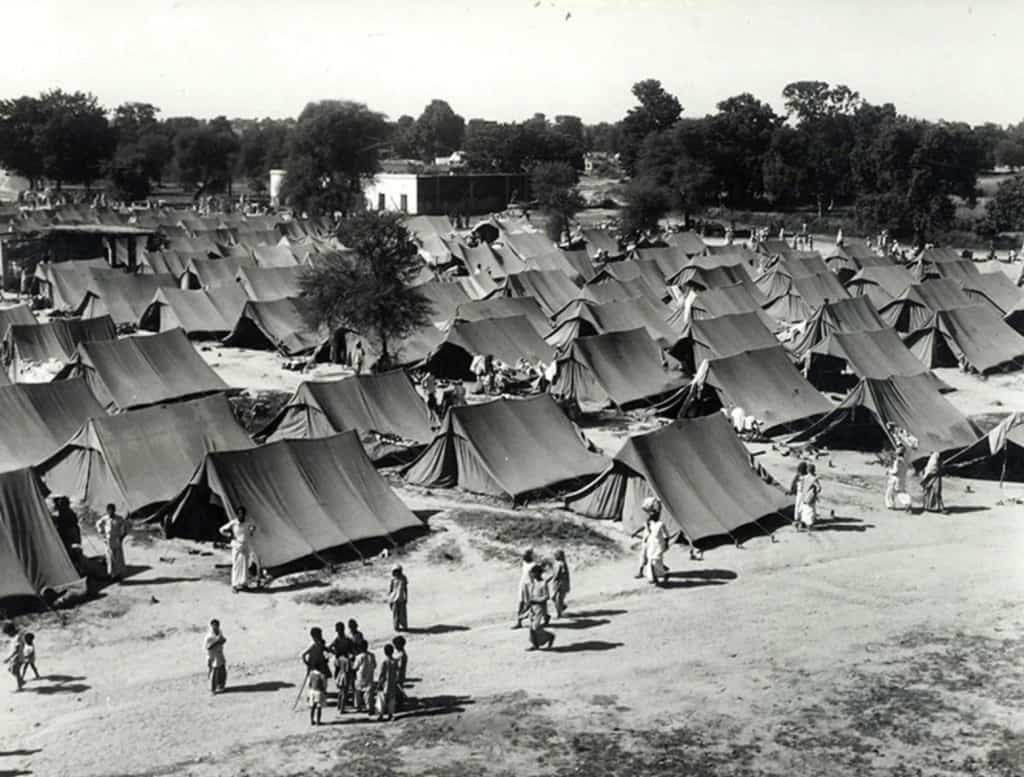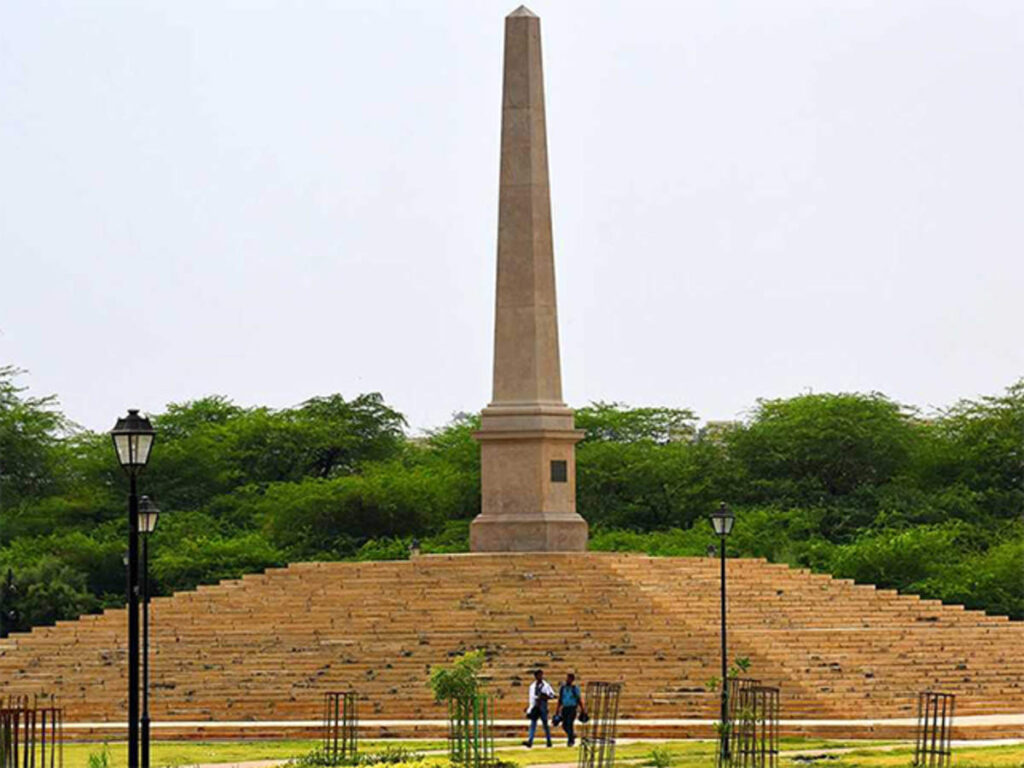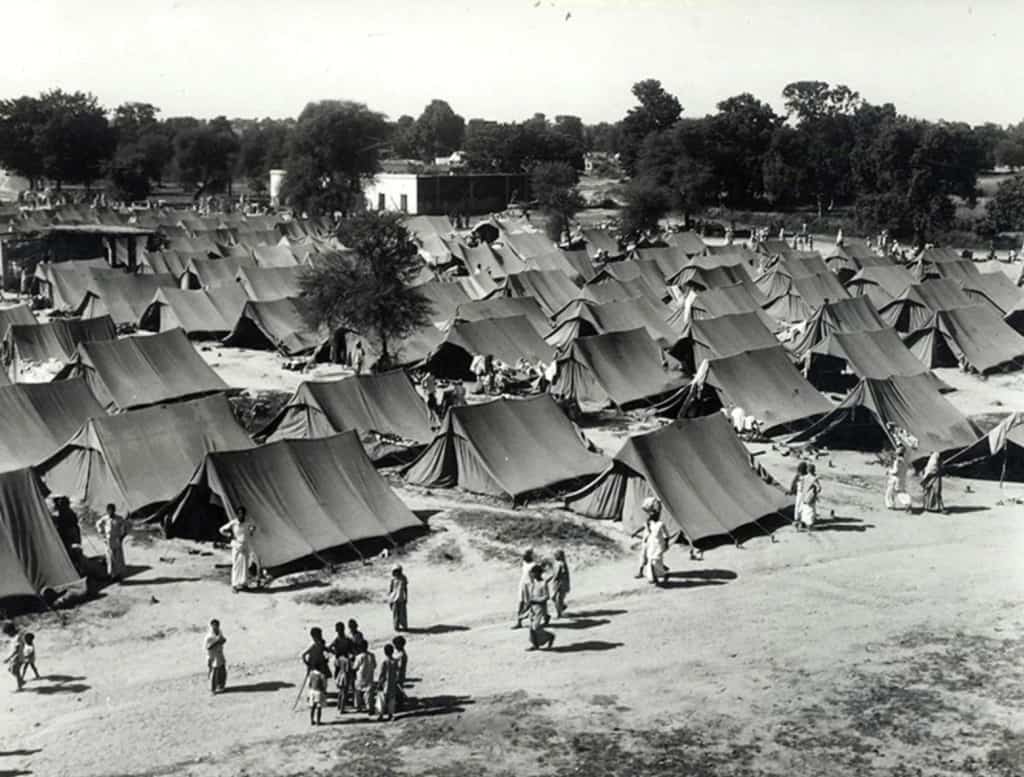Thousands of students frequent the many cafes on Hudson Lane, and many have made homes in the neighboring localities of GTB Nagar and Mukherjee Nagar. What many miss, however, is the historical significance of perhaps the most vibrant educational campus in the city.
In 1947, when the partition forced millions into a mass-migration across borders, Kingsway Camp housed the biggest Refugee Camp for partition migrants. Spreading over Hudson Lane, Outram Lines, Hakikat Nagar and Dhaka village, the camp gave shelter to more than 3,00,000 refugees who had migrated from Pakistan.

Before the partition, the area remained either a wilderness or a swamp sue to its low-lying location, which made it prone to floods. This vast empty land on ‘Kingsway’ earmarked for the Viceroy’s House went on to become Kingsway Camp, the biggest refugee camp of Delhi. Tents and barracks were set up to house the migrants, some of whom continued living here even two years after the partition.
The area had significance even before the partition due to its proximity to ‘Coronation Park’ where all three Delhi Darbar took place. It was from here that King George V and Queen Mary announced the shifting of India’s capital from Calcutta to Delhi.

After the refugees settled in the nearby areas and other refugee townships, the area flourished with the expansion of Delhi University in its proximity. Today, it is lined with numerous PGs and student flats, as well as cafes and restaurants that are frequented by the college going youth.




